Fuzzy Cauliflower Heads: Reasons For Cauliflower Ricing In Plants
Along with its brethren broccoli, Brussels sprouts, collards, kale, and kohlrabi, cauliflower is a member of the Cole family (Brassica oleracea). While all of these veggies require cool temperatures for maximum production, cauliflower is by far the most temperamental, leading to a number of issues with this crop such as cauliflower ricing, wherein a fuzzy growth appears on cauliflower heads.
What is Ricing in Cole Crops?
Cauliflower flourishes in temperatures of around 60 degrees F. (15 C.). Young cauliflower plants are extremely sensitive to stressors, whether they are temperature fluxes or irrigation issues. As with all plants, any extremes in their environment may result in a low yield, premature crop, susceptibility to disease, insect invasion, and many other disorders. Cauliflower especially, has a thin balance between leaf and head growth, making it vulnerable to a number of disorders including ricing in this Cole crop. Cauliflower ricing is when the head, or cauliflower curd, looks like velvet. Some people describe it as a fuzzy growth on cauliflower.
What Causes Fuzzy Cauliflower Heads?
As mentioned, cauliflower is much more at risk for Cole crop disorders than its cousins due to stressors. Since it enjoys moderately warm temperatures, the effects of higher temperatures during its growing season can affect the curd adversely. Timing of planting is crucial. This goes hand in hand with selecting the correct variety of cauliflower to plant in your region.
How to Prevent Cauliflower Ricing
Seeds can be directly sown in the garden, but again, check the germination to maturation dates on the package. You may need to start seed indoors early, depending upon the last expected frost date in your area, to give the plant a jump start. Plants can be transplanted after the last killing frost in the spring. Cold temperature will slow growth and even damage the transplants. Transplants should be less than 4 inches (10 cm.) tall with vigorous root systems. Water the transplants as needed to provide them with at least one inch (2.5 cm.) of water per week. Lack of nitrogen has also been shown to be a contributing factor, resulting in fuzzy cauliflower heads. Side dress the transplants after their third week with nitrogen every two weeks for a total of three side dressings. If the soil is especially low in clay and organic content, one or two of these side dressings should include an equivalent amount of potassium. As with most veggies, cauliflower needs at least six hours of full sun per day. Plant the cauliflower in fertile, well-drained, moisture retentive soil with lots of rich organic content. Optimally, the soil pH should be between 6.5 and 6.8. Amend soil with nitrogen rich blood meal, cottonseed meal, or composted manure or work in a time released food like 14-14-14 into the soil prior to planting. Apply 1 to 1 ½ inches (2.5-4 cm.) of water per week. To prevent ricing in cauliflower, ensure adequate moisture, avoid stressful temperature fluxes by planting at the correct time, and augment the soil with additional nitrogen if need be. In the case of temperature spikes, you may want to shade the plants, or conversely, use row covers or the like in the case of cooler than normal temperatures.
Gardening tips, videos, info and more delivered right to your inbox!
Sign up for the Gardening Know How newsletter today and receive a free copy of our e-book "How to Grow Delicious Tomatoes".

Amy Grant has been gardening for 30 years and writing for 15. A professional chef and caterer, Amy's area of expertise is culinary gardening.
-
 8 Perfect Flowers To Plant With Tomatoes To Boost Yields & Banish Pests
8 Perfect Flowers To Plant With Tomatoes To Boost Yields & Banish PestsDon’t forget flowers when choosing companion plants for your tomato beds or pots. These pretty, fragrant flowers add beauty but are also highly beneficial.
By Mary Ellen Ellis
-
 Want The Longest Lasting Hydrangea Flowers? Grow These 8 Panicle Hydrangea Varieties
Want The Longest Lasting Hydrangea Flowers? Grow These 8 Panicle Hydrangea VarietiesFor ornamental shrubs that deliver the longest flowering seasons with plush blooms and delicate hues, these panicle hydrangea varieties are essential in your yard
By Tonya Barnett
-
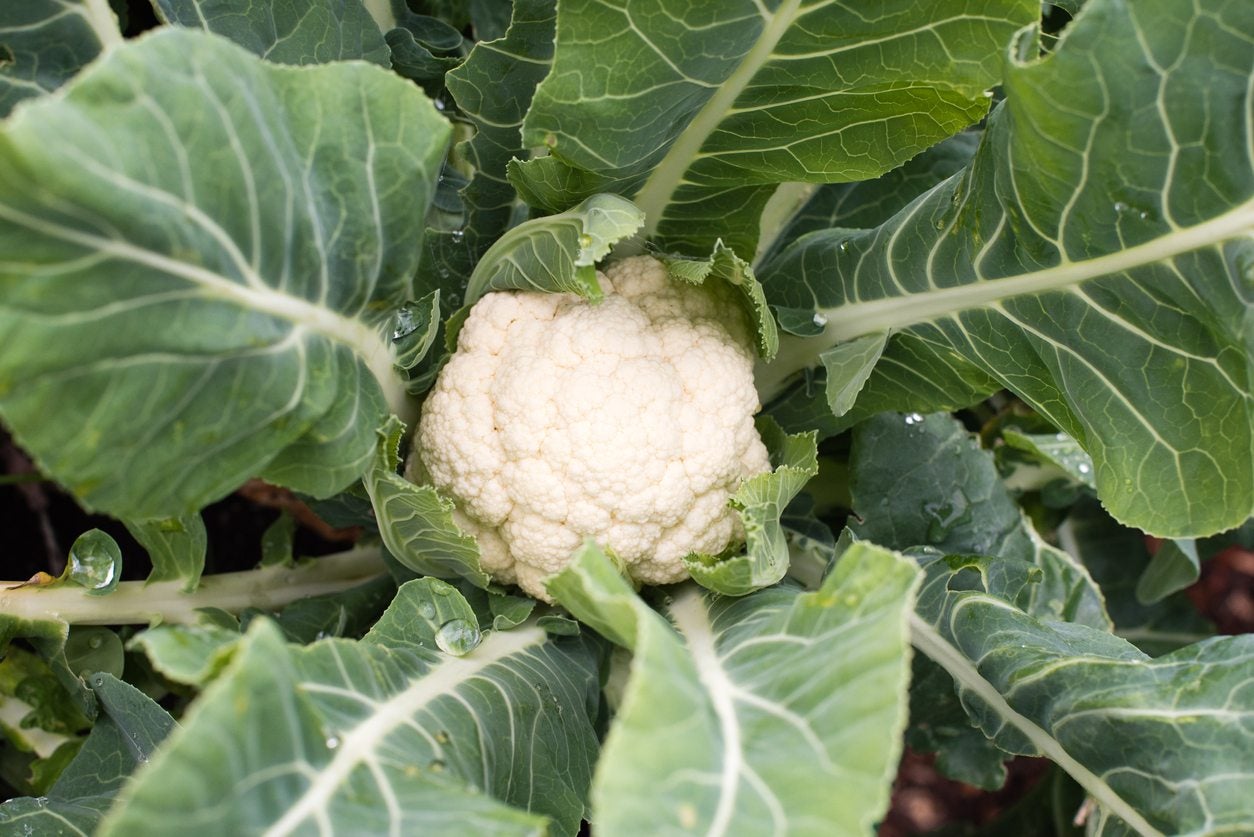 Cauliflower Protection In Gardens – Cauliflower Pest Protection And More
Cauliflower Protection In Gardens – Cauliflower Pest Protection And MoreGrowing cauliflower is not for the faint of heart. The plant is testy and sensitive to heat, frost, and pests. If you want to grow it, protecting cauliflower plants is essential to your success. This article will help with tips on cauliflower plant protection.
By Liz Baessler
-
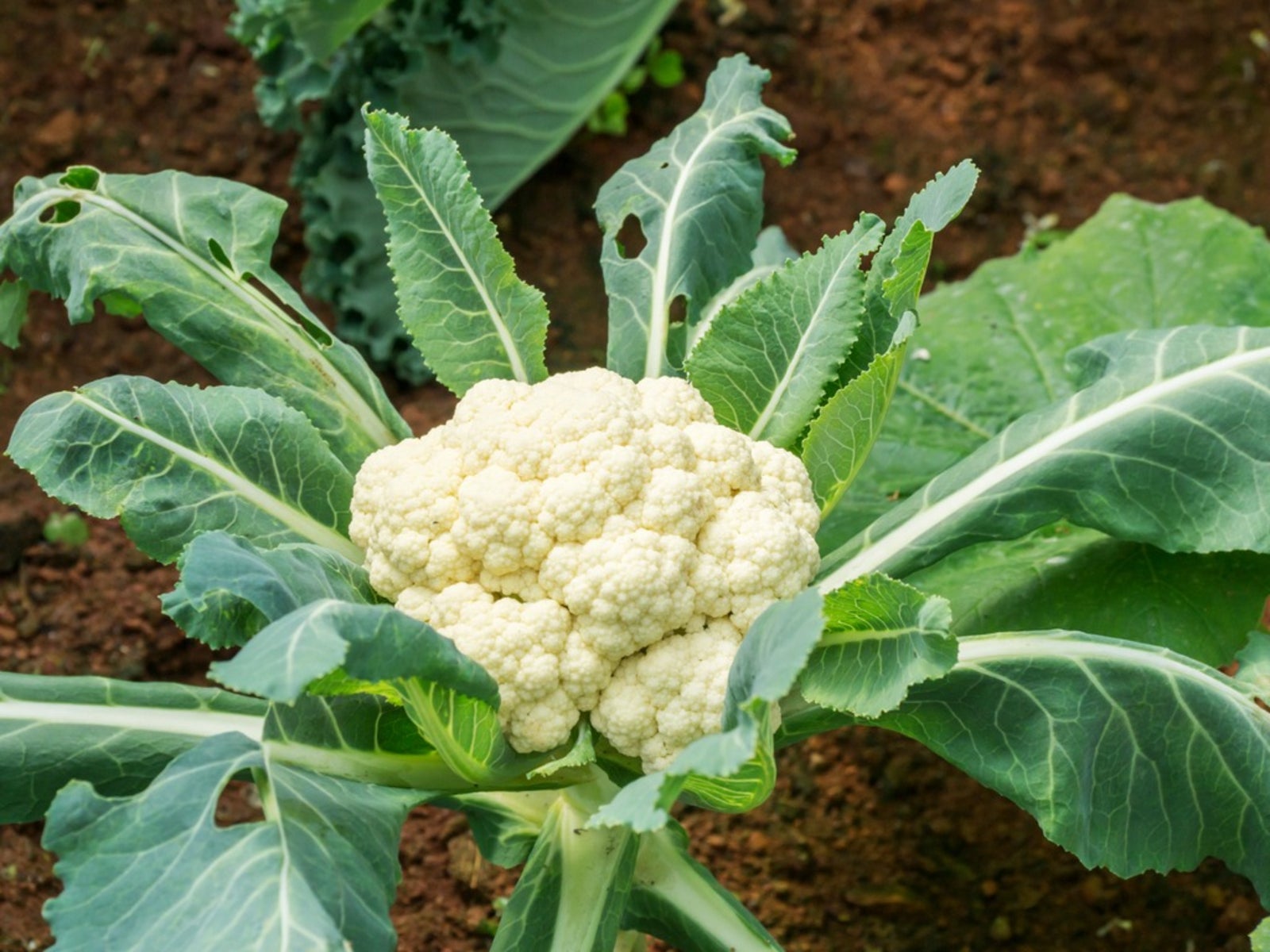 Problems Growing Cauliflower – Learn About Diseases Of Cauliflower
Problems Growing Cauliflower – Learn About Diseases Of CauliflowerKnowing what type of cauliflower diseases may afflict the veggie and troubleshooting these cauliflower problems will aid in the healthy production and yield of the plant. Click this article to learn more about treating these issues.
By Amy Grant
-
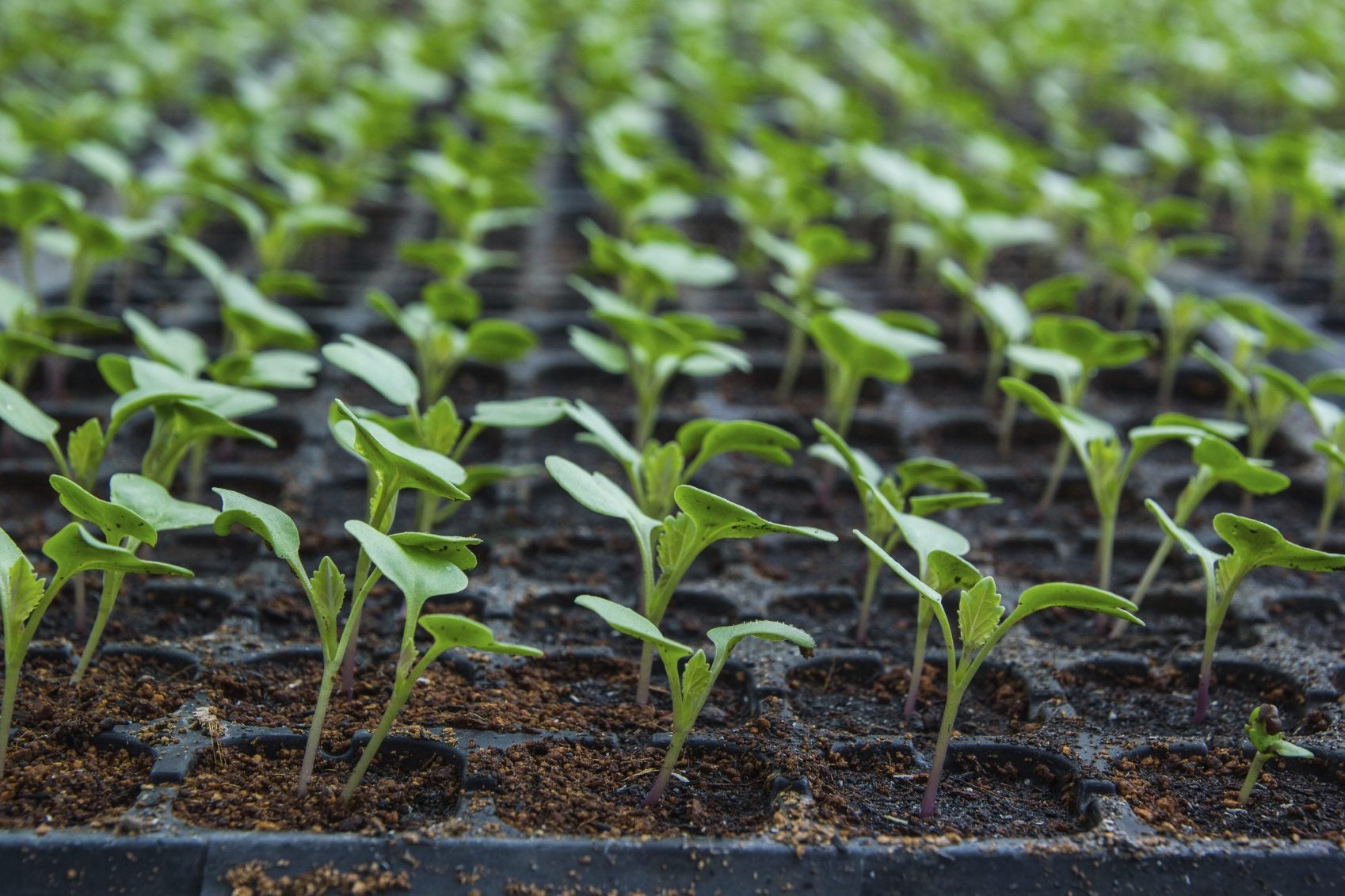 Cauliflower Seed Germination: Tips On Planting Cauliflower Seeds
Cauliflower Seed Germination: Tips On Planting Cauliflower SeedsIf you're looking for a little bit of a challenge in your garden this year, why not try growing cauliflower from seeds? This article provides information on planting cauliflower seeds. Click here for a cauliflower seed planting guide.
By Liz Baessler
-
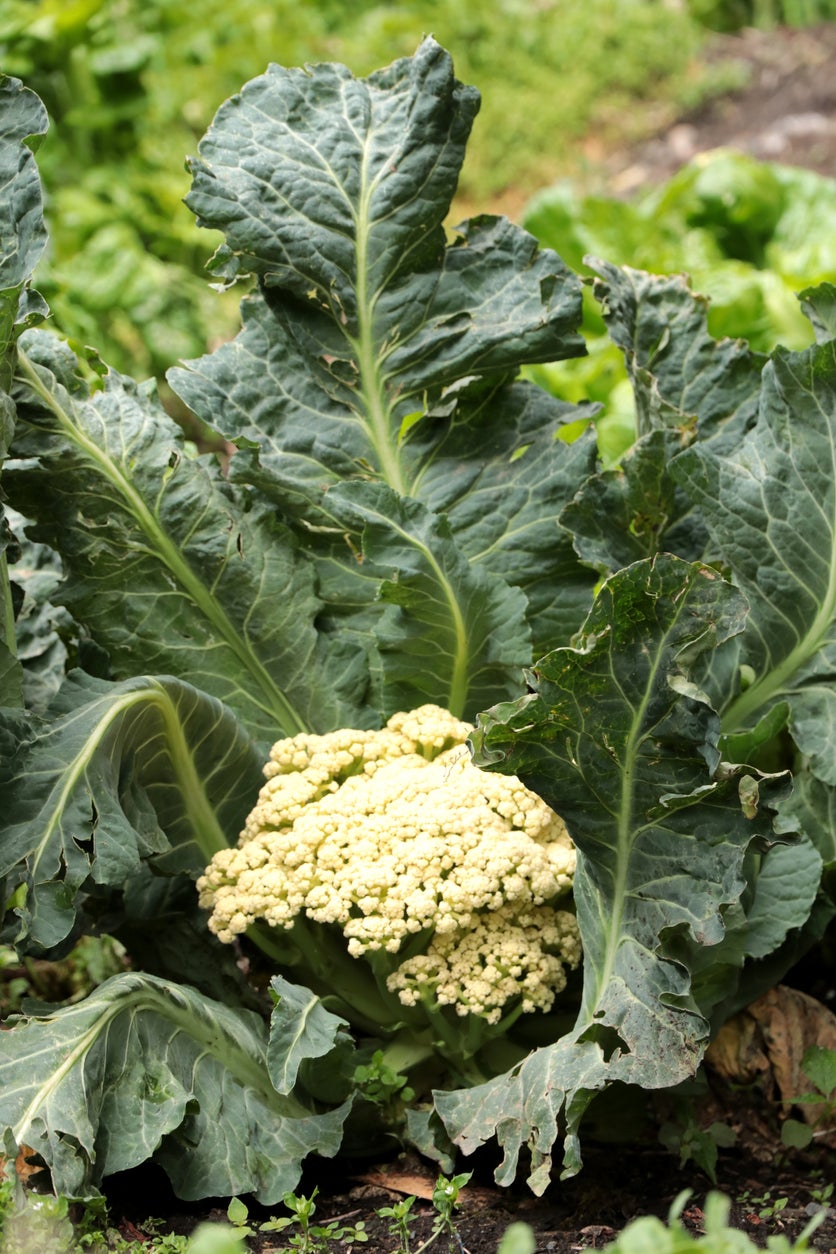 Wilting Cauliflower: Reasons For Cauliflower Plants Wilting
Wilting Cauliflower: Reasons For Cauliflower Plants WiltingWhy are my cauliflowers wilting? What can I do about wilting cauliflower? This is a discouraging development for home gardeners, and troubleshooting cauliflower problems isn't always easy. For helpful tips, click this article.
By Mary H. Dyer
-
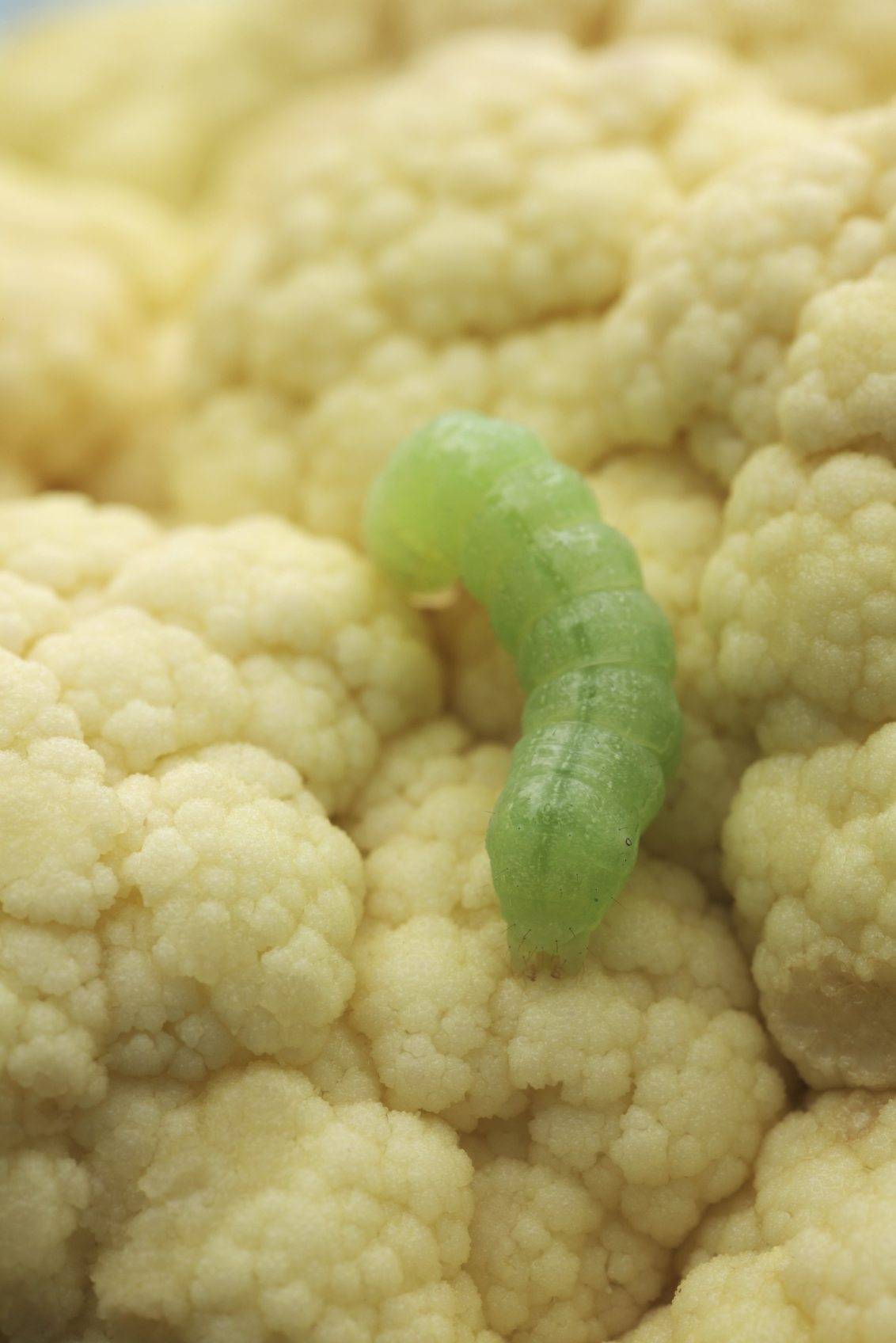 Identifying Cauliflower Bugs: Tips On Controlling Cauliflower Insects
Identifying Cauliflower Bugs: Tips On Controlling Cauliflower InsectsCauliflower bugs can decimate the crop and make the flower head unfit to eat. Treating bugs on cauliflower starts with correct identification of the pest and a targeted control plan that is non-toxic and safe for food plants. This article will help.
By Bonnie L. Grant
-
 Companion Planting Cauliflower: What Are Cauliflower Companion Plants
Companion Planting Cauliflower: What Are Cauliflower Companion PlantsCompanion planting pairs two or more types of plants for the mutual benefit of each other. In this particular article, we're going to delve into cauliflower companion planting. What cauliflower companion plants grow well with cauliflower?
By Amy Grant
-
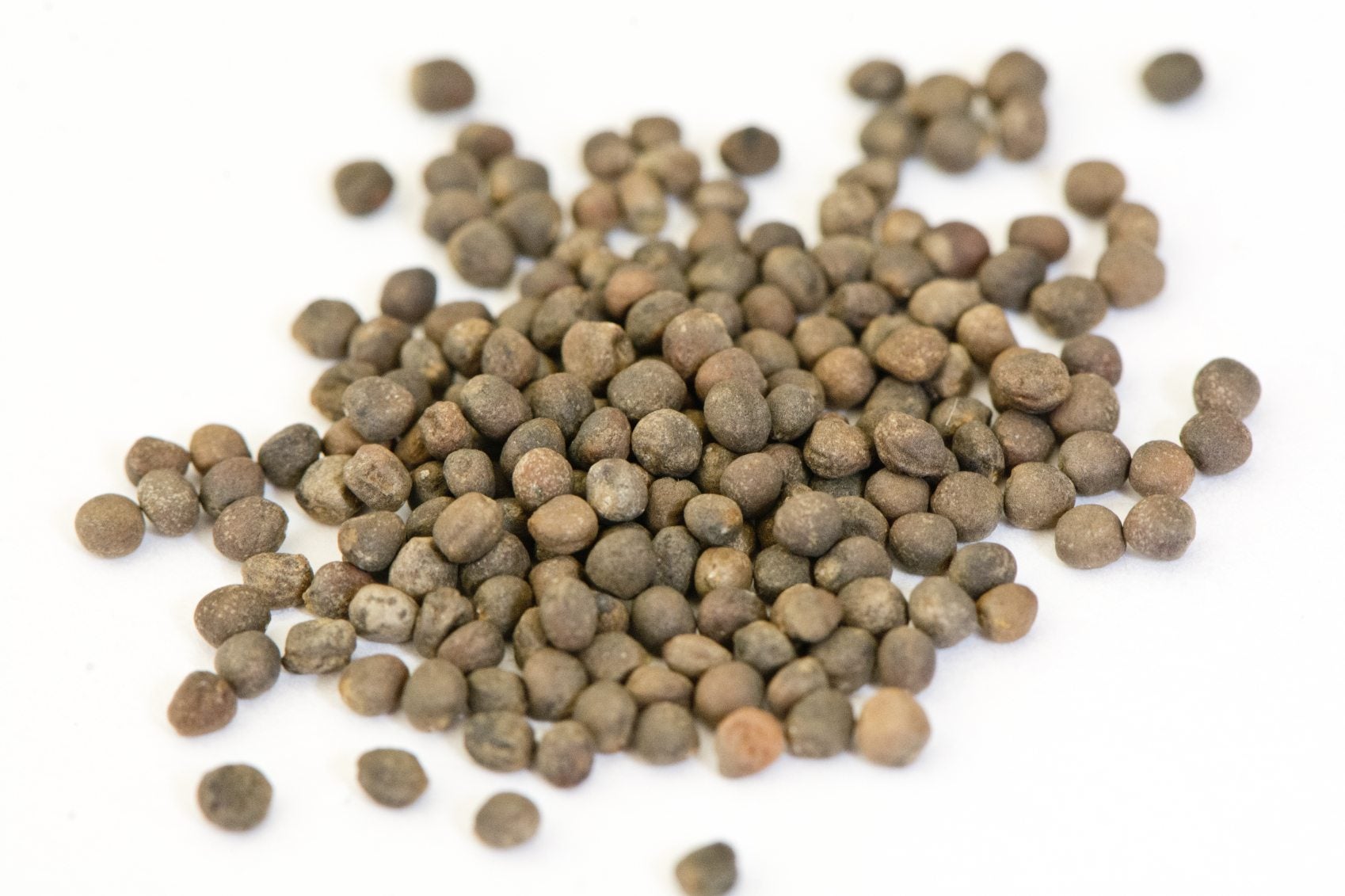 Harvesting Cauliflower Seeds: Where Do Cauliflower Seeds Come From
Harvesting Cauliflower Seeds: Where Do Cauliflower Seeds Come FromI love cauliflower and usually grow some in the garden. I generally buy bedding plants, although cauliflower can be started from seed. That fact gave me a thought. Where do cauliflower seeds come from? This article will help answer that.
By Amy Grant
-
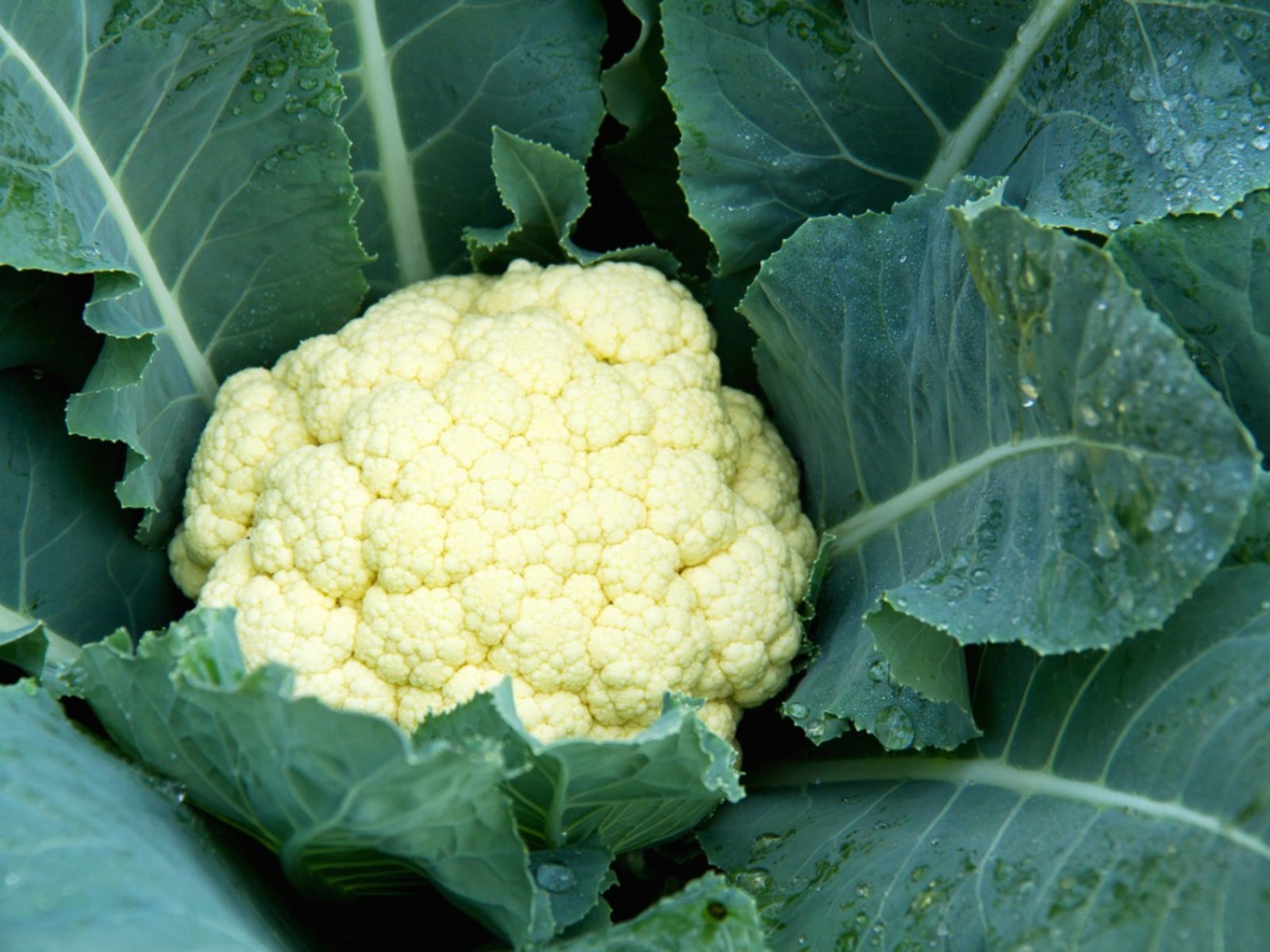 Cauliflower Care In Pots: Can You Grow Cauliflower In A Container
Cauliflower Care In Pots: Can You Grow Cauliflower In A ContainerCan you grow cauliflower in a container? Cauliflower is a large vegetable, but the roots are surprising shallow. If you have a container wide enough to accommodate the plant, you can definitely grow this tasty veggie. Click here to learn more.
By Mary H. Dyer